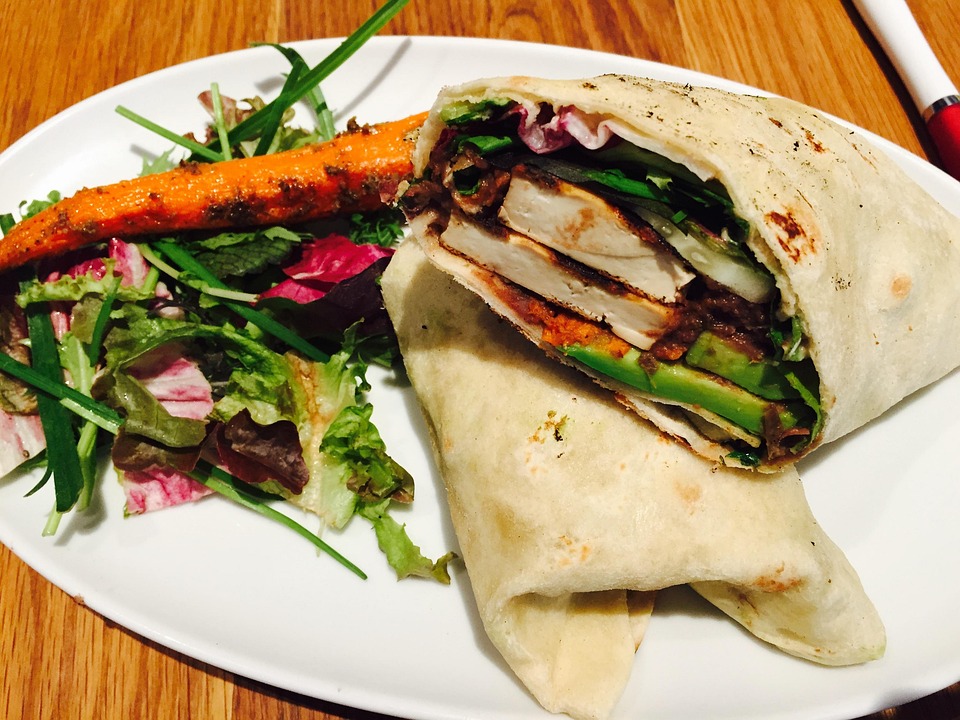
Creating a healthy diet plan can be a transformative experience, leading not only to physical wellness but also to improved mental clarity and emotional stability. This ultimate guide will walk you through the essential components of a balanced diet, tips for effective planning, and resources to help you stay on track.
Understanding a Healthy Diet
1. What Constitutes a Healthy Diet?
A healthy diet is primarily characterized by a variety of nutrient-rich foods. At its core, it includes:
- Fruits and Vegetables: Aim for a colorful plate. Different colors often mean different nutrients.
- Whole Grains: Foods like brown rice, quinoa, and whole-grain bread provide essential fiber.
- Lean Proteins: Sources include chicken, fish, beans, and legumes, which are crucial for muscle repair and growth.
- Healthy Fats: Incorporate sources of unsaturated fats such as avocados, nuts, and olive oil.
2. The Importance of Nutrient Balance
Balanced nutrition is key. This means not just focusing on calorie intake but ensuring you receive the right proportions of macronutrients: carbohydrates, proteins, and fats. The commonly recommended macronutrient distribution ranges are:
- Carbohydrates: 45-65% of your daily caloric intake
- Proteins: 10-35%
- Fats: 20-35%
3. Hydration Matters
Never underestimate the importance of water. Staying hydrated is essential for overall health. Aim for 8-10 cups (approximately 2-3 liters) a day, but adjust this based on your activity level and climate.
Crafting Your Diet Plan
Step 1: Assess Your Current Diet
Start by keeping a food diary for a week. Note not just what you eat, but how much and when. This assessment will help you identify patterns in your eating habits.
Step 2: Set Realistic Goals
Define your objectives. Are you looking to lose weight, gain muscle, improve your energy levels, or enhance your overall health? Setting SMART goals (Specific, Measurable, Achievable, Relevant, Time-bound) can guide your process.
Step 3: Plan Your Meals
-
Using the Plate Method: Divide your plate into sections:
- 50% fruits and vegetables
- 25% lean protein
- 25% whole grains
-
Batch Cooking and Prep: Prepare meals in advance to minimize decision-fatigue during busy weekdays.
- Mindful Eating: Focus on your food. Eating without distractions can help you better listen to your body’s hunger cues.
Step 4: Monitor and Adjust
A successful diet plan requires regular tracking. Use apps like MyFitnessPal to log your meals and monitor progress. Don’t be discouraged by setbacks; adapt as necessary.
Step 5: Include Snacks Wisely
Healthy snacks can curb cravings and keep energy levels up. Consider options like Greek yogurt, nuts, or carrot sticks with hummus.
Making Healthier Choices
1. Eating Out
When dining out, choose dishes that include vegetables and opt for grilled or baked rather than fried options. Don’t be afraid to ask for modifications to fit your diet plan.
2. Grocery Shopping Tips
- Stick to the Perimeter: Most fresh produce is located around the outer walls of grocery stores.
- Read Labels: Pay attention to serving sizes, calorie count, and added sugars.
3. Dealing with Cravings
Instead of succumbing to cravings, find healthier alternatives. Swap chips for air-popped popcorn or chocolate for dark chocolate with high cocoa content.
Resources for Support
- Online Courses: Websites like Coursera and Udemy offer courses on nutrition and healthy eating.
- Books: Titles like "How Not to Die" by Dr. Michael Greger and "The Whole30" by Melissa Hartwig can provide inspiration and methods.
- Apps: Consider apps like MyFitnessPal and Noom to help you track and plan your diet.
Interlinking Resources
- Explore more about The Benefits of Meal Prepping to enhance your dietary approach.
- For more information on healthy snacking, check out Top Healthy Snack Ideas.
FAQs
1. How do I know if my diet plan is working?
You can evaluate whether your diet plan is effective by tracking changes in your energy levels, mood, and even physical measurements like weight or muscle gain. Additionally, regular consultations with a healthcare provider can provide insights.
2. Is it necessary to count calories?
While counting calories can be beneficial for some people, it’s not essential for everyone. Focus on portion control and eating whole foods. If you find counting calories helpful, use apps or journals to track your intake.
3. What if I have dietary restrictions?
If you have dietary restrictions (gluten-free, vegan, etc.), adapt your diet plan to include safe and healthy alternatives. Consult with a dietitian if you need personalized guidance.
4. Can I eat sweets in moderation?
Absolutely! Moderation is key. You can still enjoy sweets as part of a balanced diet. Consider healthier versions, such as fruit or dark chocolate, to satisfy your sweet tooth.
5. How can I stay committed to my healthy diet plan?
Staying committed involves setting realistic goals, finding a support system, and continuously adapting your plan to fit your lifestyle. Remember, it’s a journey, not a sprint.
Conclusion
Crafting a healthy diet plan doesn’t need to be complicated. By understanding your nutritional needs, setting realistic goals, and using the right strategies, you can create an effective and sustainable plan that enhances your quality of life. Remember, the best diet is one that fits your lifestyle and is easy to maintain. Happy eating!
For more information on crafting a healthy lifestyle, visit Healthline or Mayo Clinic.






